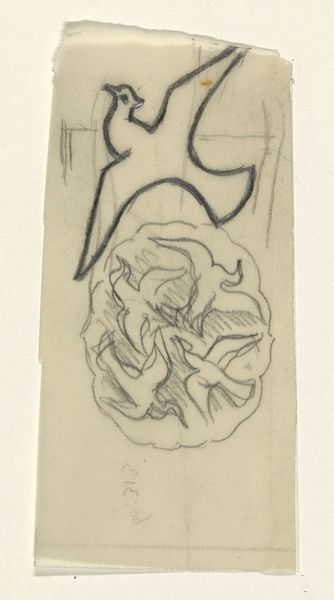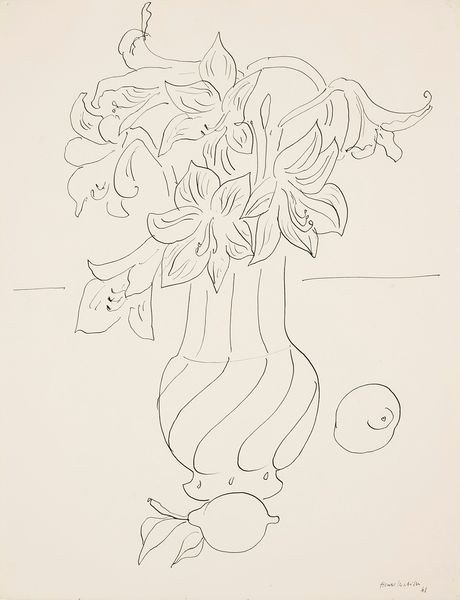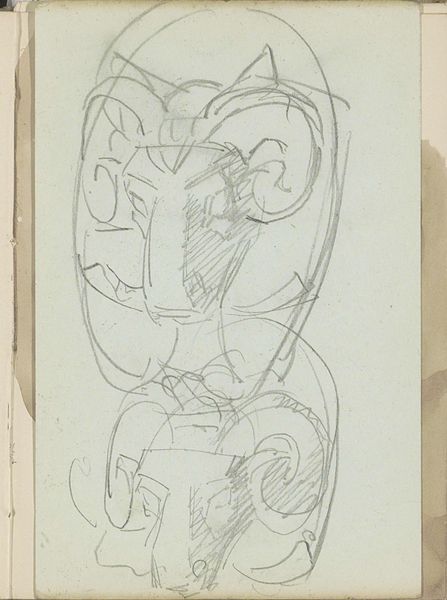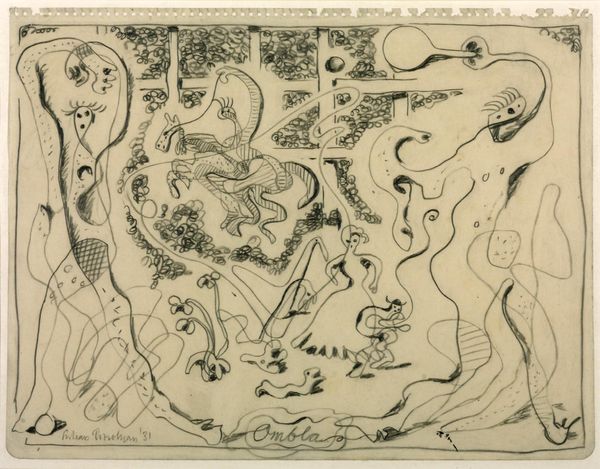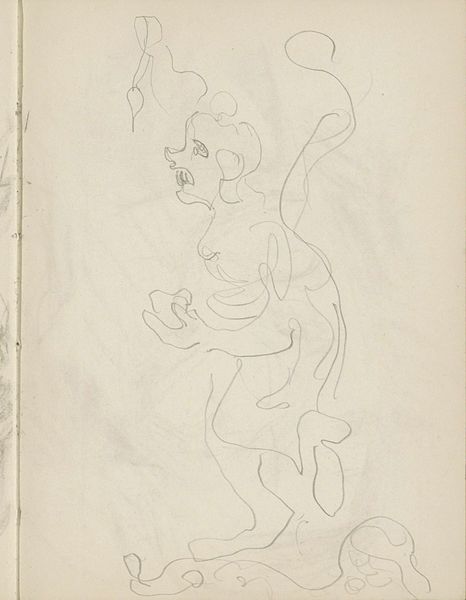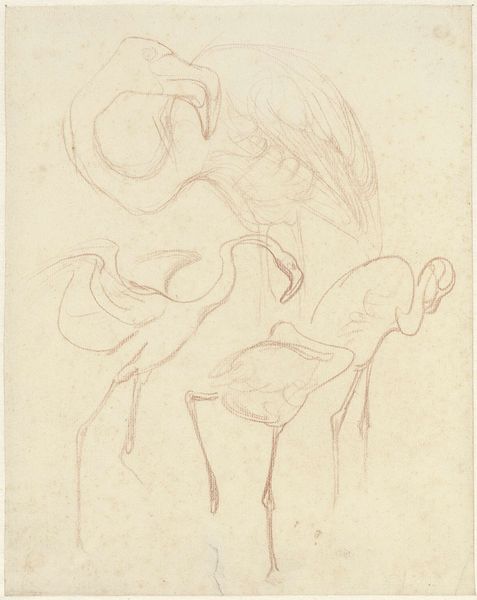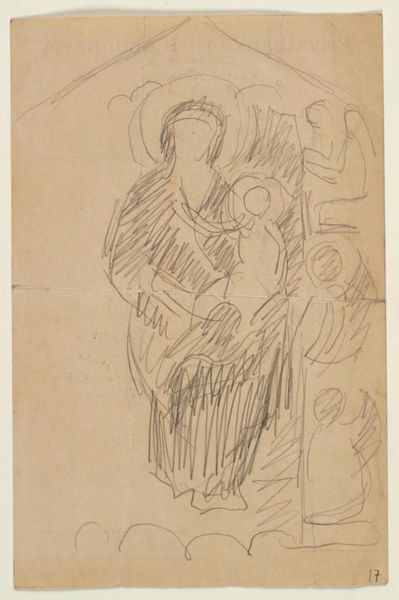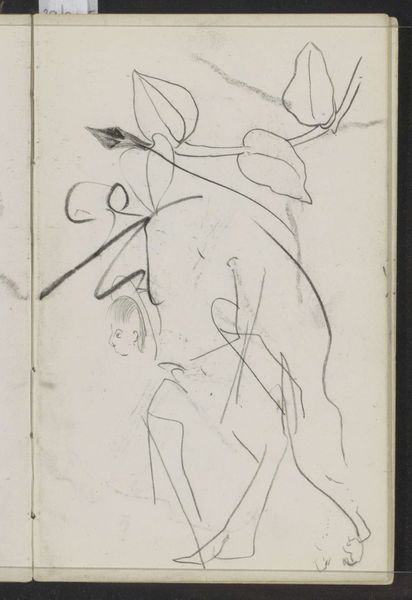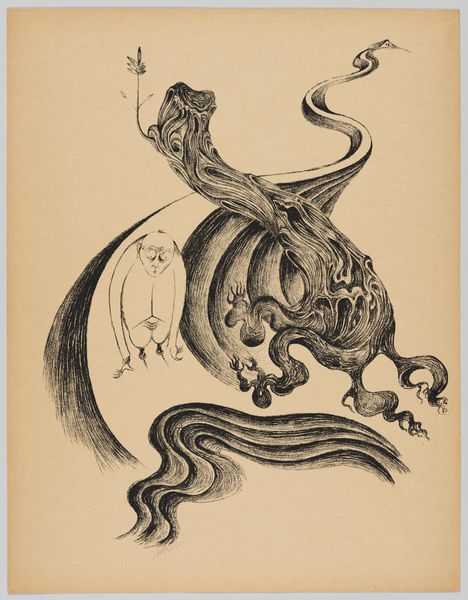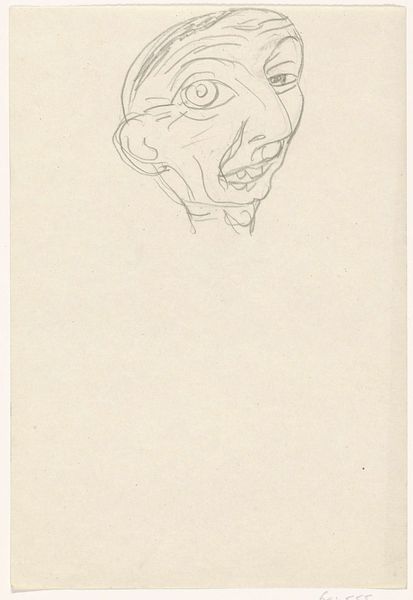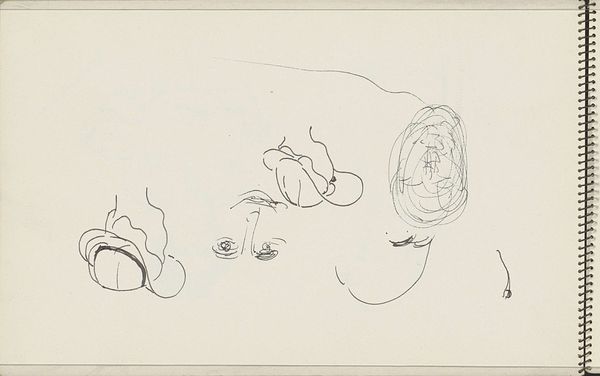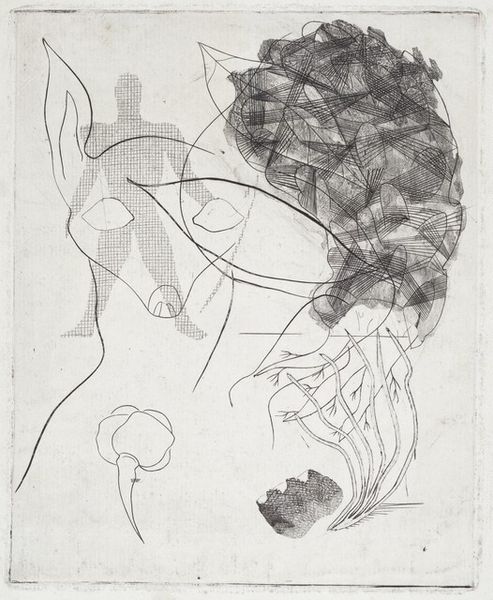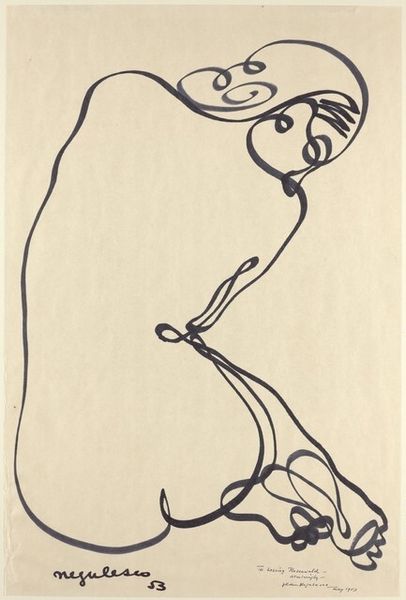
drawing, pencil
#
portrait
#
drawing
#
caricature
#
figuration
#
abstract
#
pencil
#
modernism
Copyright: Public Domain: Artvee
Editor: We're looking at *Girl with Flowers in Her Arms*, a 1938 pencil drawing by Mikuláš Galanda. It's quite abstract and the figure seems almost cocooned by the lines. It gives the whole piece a sense of vulnerability, almost as if she’s protecting something precious. What are your thoughts on this work? Curator: This drawing provides insight into the socio-political landscape surrounding Galanda at the time. We see a Modernist approach coupled with Slovak folk motifs, hinting at a tension between embracing new artistic movements and preserving national identity in a period of growing political uncertainty. How do you see the stylization contributing to this dialogue? Editor: It’s like she's simplified down to essential forms, removing specific details that could tie her to a particular place or time. It gives the image a universality. The flowers, though, seem more decorative. Curator: Precisely! And considering Galanda's later persecution for his modernist leanings, this abstraction can also be interpreted as a form of resistance, a way to create art that defies easy categorization and thus avoids direct censorship. Does this give you a new appreciation? Editor: Yes, that's fascinating! So, it's not just a pretty drawing; it's reflecting the push and pull of artistic freedom and political pressure. The very act of abstraction becomes a statement. Curator: Indeed. And the location it may have been viewed in would also factor into that consideration. It’s a reminder that art always exists within a specific social and institutional context, shaping its production, interpretation, and ultimately, its power. Editor: I never thought about a simple sketch holding so much history. I guess there’s more to it than meets the eye. Curator: Absolutely. Understanding the context allows us to engage with art on a much deeper and more meaningful level. I’m glad we could unpack it together.
Comments
No comments
Be the first to comment and join the conversation on the ultimate creative platform.
